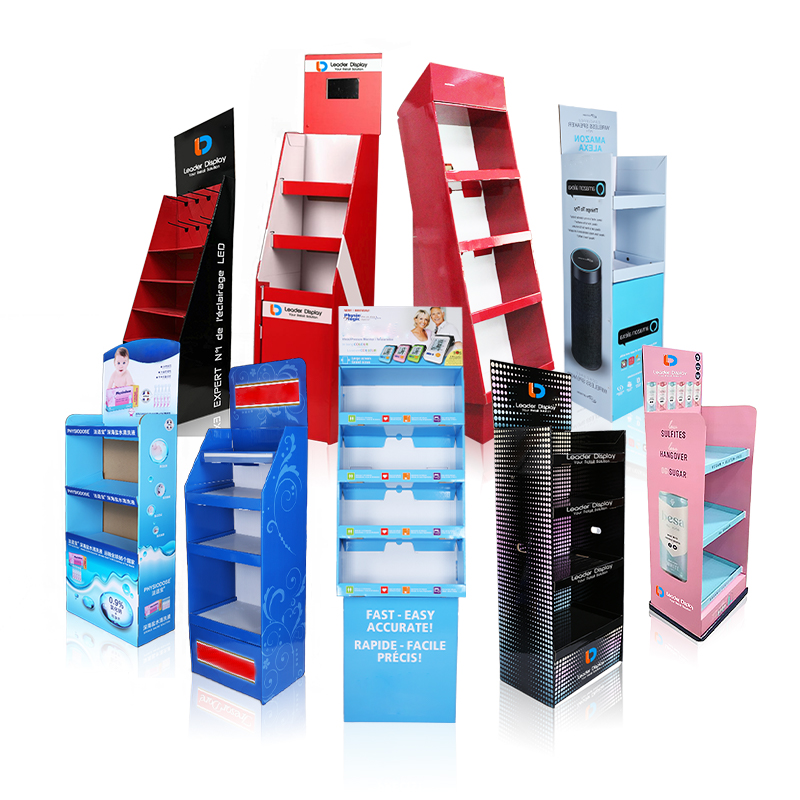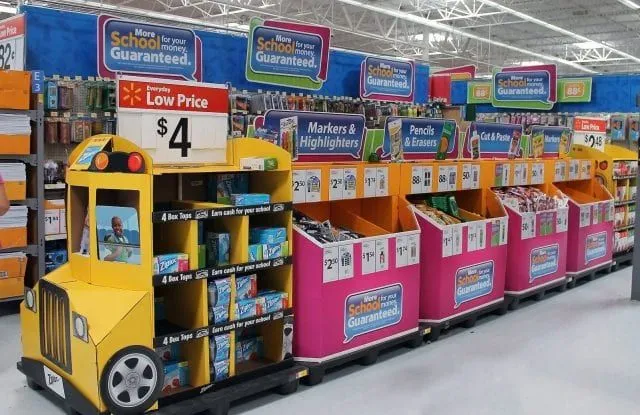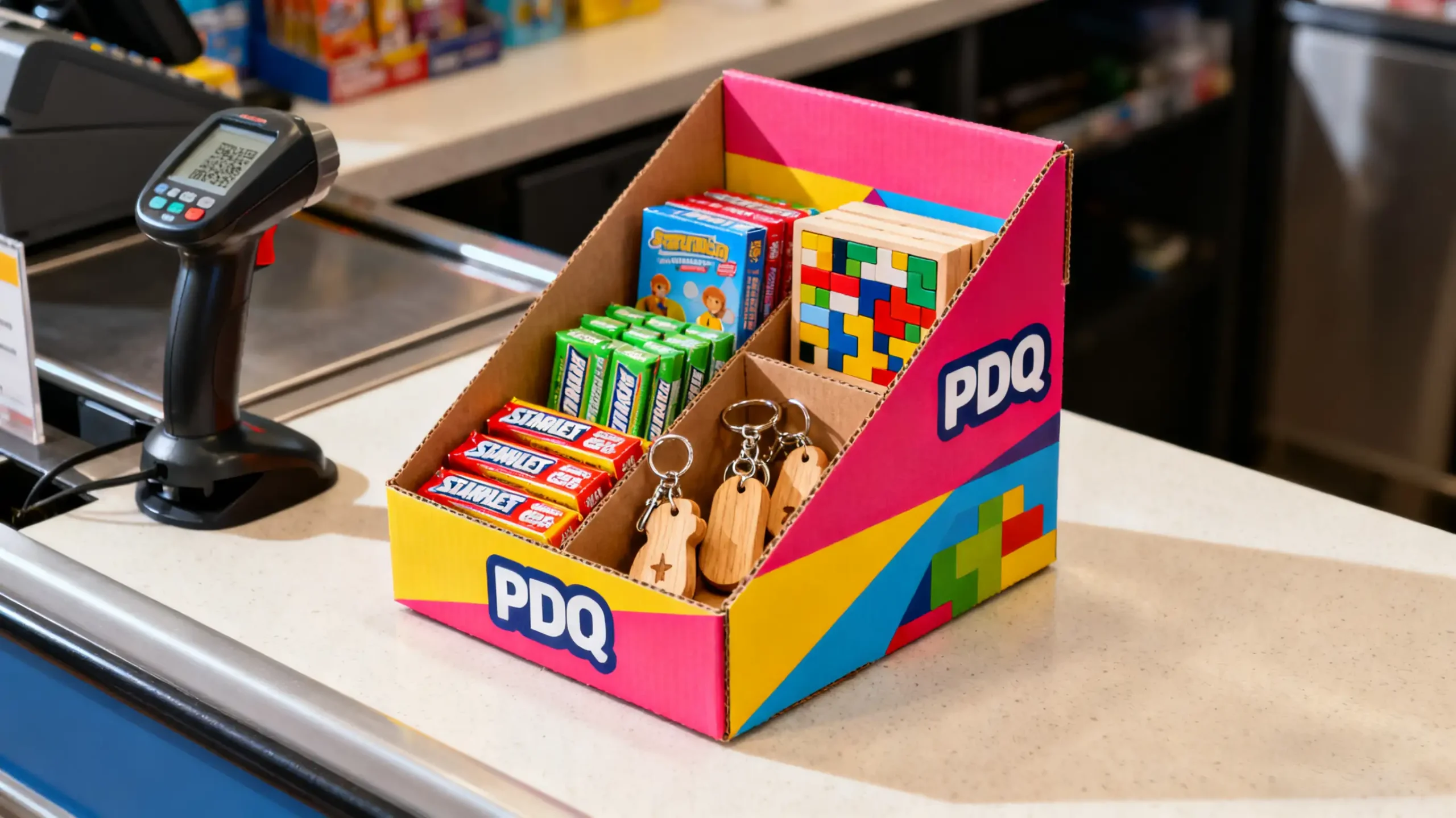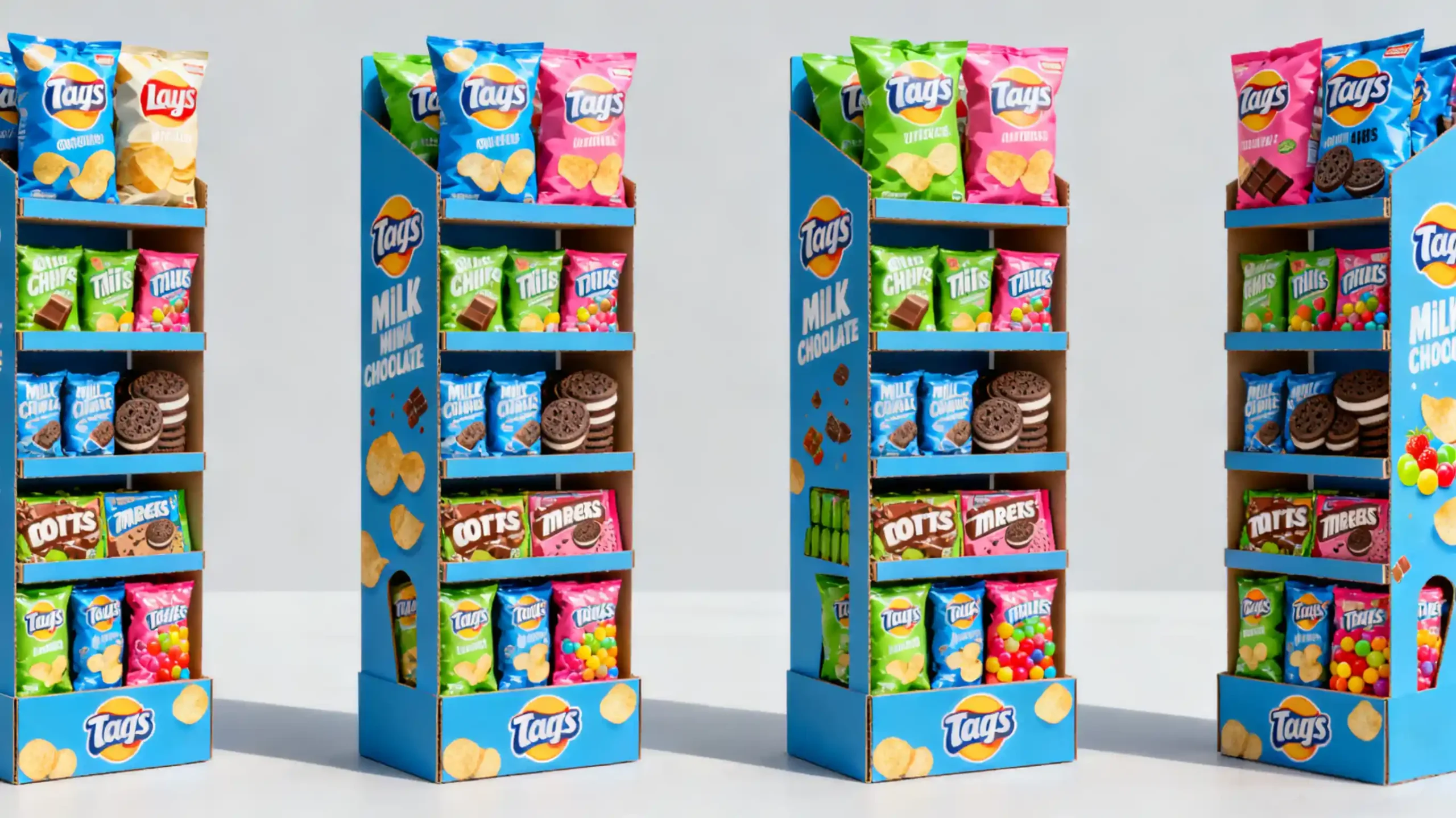You have a fantastic product, but getting it onto the shelves of big retail stores feels impossible. Doors seem closed, and you don't know where to even start.
The best way to approach retail stores is to first thoroughly research the right stores and buyers. Then, craft a compelling pitch focused on their needs, present your product professionally with display solutions, and follow up persistently but politely. This strategic process builds trust and shows your value.
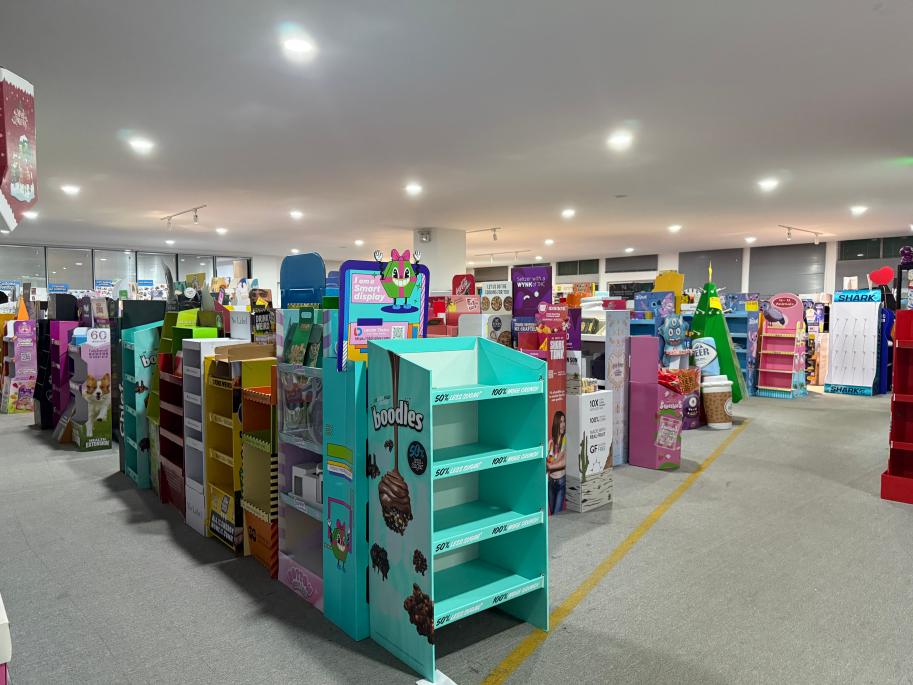
Getting your product into a major retail store is a huge milestone for any brand. I've been in this industry for 16 years, and I've seen countless entrepreneurs with great products struggle with this exact step. They focus so much on the product itself that they forget about the process of selling it to the retailer. It's not just about having a great item; it's about proving to a busy retail buyer that your product will make them money. Let's break down the exact steps you need to take to make that happen.
How Do You Research the Right Retailers and Buyers?
You're sending emails but getting no replies. Pitching to every store you can think of is exhausting and ineffective. This scattergun approach wastes time and can damage your brand's reputation.
To find the right contacts, first identify retailers whose customers match your target audience. Then, use LinkedIn Sales Navigator or trade show directories to find the specific category buyer. Always learn their name and role before reaching out. This targeted research shows you are a serious partner.
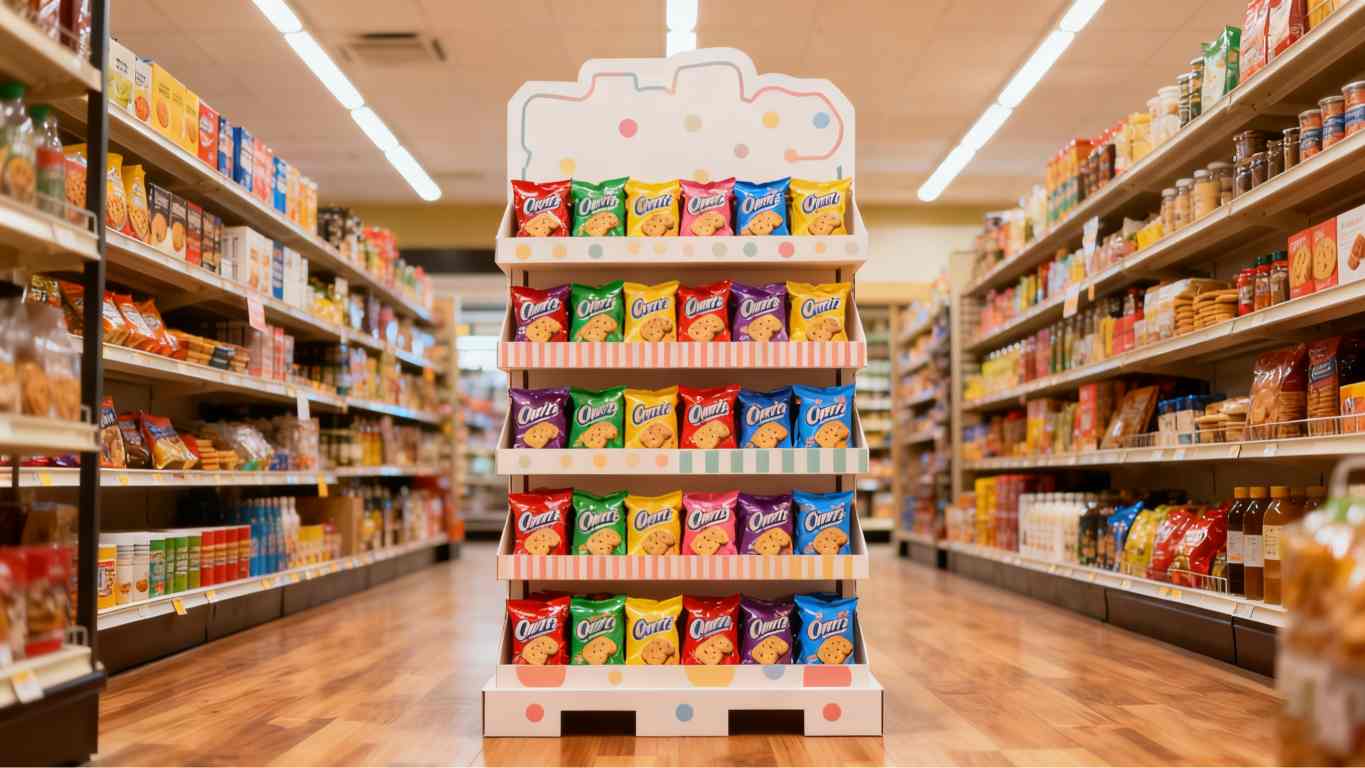
Before you even think about your pitch, you need to do your homework. A well-researched approach is what separates amateurs from professionals. I remember a client who wanted to get his organic snacks into a discount chain. The product was great, but the store's customers were looking for value, not premium organic ingredients. The pitch failed. He then targeted a health-focused grocery chain, and his product flew off the shelves. The difference was research. You have to find the right stage for your product to shine. This means looking beyond the store's name and digging into who their customers are, what they value, and how your product fits into their lives.
Finding Your Retail Match
Your first step is to create a list of potential retail partners. But don't just list every big name. You need to qualify them. Think about brand alignment. Does your product's quality, price point, and story fit with the retailer's image? A luxury cosmetic brand won't work in a dollar store.
| Aspect to Research | Why It Matters | Where to Find Information |
|---|---|---|
| Customer Demographics | Ensures your product appeals to the people already in the store. | Store's annual reports, market research sites, social media. |
| Brand Positioning | Your brand image must align with the retailer's. | In-store visits, company website "About Us" page. |
| Product Category | Confirms they sell products like yours and have space for you. | Walk the aisles, check their online store. |
Pinpointing the Buyer
Once you have a list of target stores, you need to find the right person to talk to. Sending your pitch to a general "info@" email address is a waste of time. You need to find the specific "Category Buyer" or "Category Manager" for your product type. For example, if you sell kitchen gadgets, you need the buyer for the "Housewares" department. The best tool for this, in my experience, is LinkedIn. You can search for the company and then filter by job titles like "Buyer," "Category Manager," or "Merchandising." Trade directories and attending industry trade shows are also excellent ways to get direct contact information. Knowing the buyer's name and title shows you've done your homework and respect their time.
What Makes a Pitch to a Retail Buyer Irresistible?
Your product is amazing, but buyers aren't listening. You get a few minutes of their time and you blow it by talking only about features, not benefits for the store.
An irresistible pitch focuses on what the retailer cares about: sales, profit margin, and customer satisfaction. Present clear sales data, a solid pricing strategy, and show how your product fills a gap in their current selection. Prove you are a low-risk, high-reward partner.
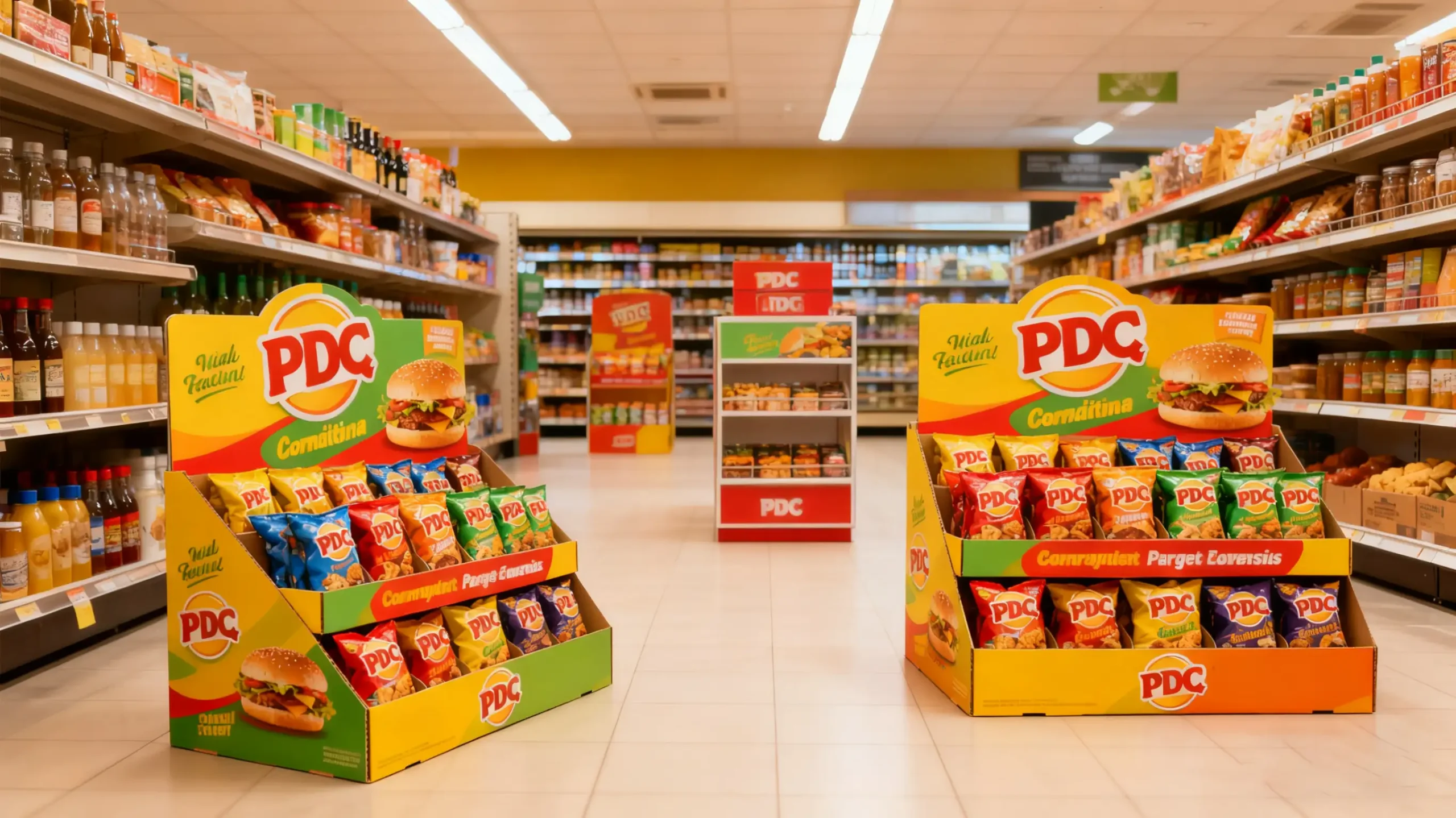
A buyer's main job is to use their limited shelf space to make the most money for the store. Your pitch must be a business proposal, not just a product demonstration. I've sat in meetings where designers just talk about their product's features. The buyer's eyes glaze over. Then I've seen others lead with, "Our product has a 55% margin and our test market data shows it can increase category sales by 15%." Suddenly, the buyer is leaning in, asking questions. You have to speak their language, and that language is numbers. Frame everything in terms of how it benefits them.
Building Your Business Case
Your pitch needs to be sharp, concise, and backed by data. Don't just say your product will sell well—prove it. Gather all the information a buyer needs to make an easy "yes."
- Your Sales Story: If you have any sales history, lead with it. This is the most powerful proof you have.
- Online sales data (Shopify, Amazon).
- Success in smaller, independent stores.
- Positive results from local markets or fairs.
- Even a successful Kickstarter campaign is powerful data.
- Pricing and Profit Margin: This is non-negotiable. You must know your numbers inside and out.
- Wholesale Price: The price the retailer pays you.
- MSRP (Manufacturer's Suggested Retail Price): The price the customer pays.
- Retailer's Margin: The percentage of profit the retailer makes from the MSRP. Most big-box stores look for margins between 40-60%. Show them you understand this and have priced your product accordingly.
- Logistics and Supply Chain: A buyer needs to know you can deliver. Are you prepared to handle large purchase orders? Can you meet their shipping and packaging requirements? Having a clear plan for production and fulfillment shows you are a reliable and professional partner.
How Can Your Product Presentation Seal the Deal?
You have a great pitch, but the buyer can't visualize your product in their store. A loose product sample and a spreadsheet aren't enough to get them excited or convince them.
Seal the deal with a professional presentation that includes a physical product sample, a clear sell sheet, and, most importantly, a mocked-up retail display solution. Showing how your product will look on their shelf makes the opportunity real and tangible for them.
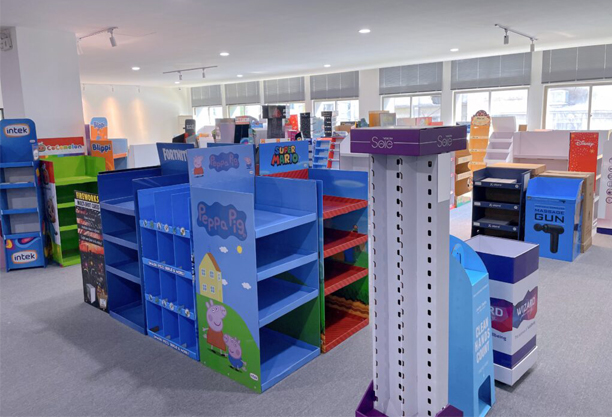
This is where my world of custom display stands becomes your secret weapon. For over 16 years, I've helped brands do more than just sell a product; I help them sell an experience. A buyer might see a hundred products a week. The ones that stand out are those that come with a vision. When you walk into a meeting not just with your product, but with a full-color rendering of a custom Point of Purchase (POP) display showing your product beautifully merchandised in their store environment, you've done 90% of their work for them. You’re not just giving them a product; you’re giving them a ready-to-go, money-making feature for their aisle.
The Presentation Toolkit
A complete presentation package shows you are prepared and professional. Don't leave anything to the imagination.
- The Sell Sheet: This is a one-page summary of your product and your pitch. It's the leave-behind that keeps selling for you after the meeting is over.
- High-quality photo of your product.
- Key features and customer benefits.
- Your sales story highlights.
- Wholesale pricing, MSRP, and margin.
- Your contact information.
- The Product Sample: Let the buyer see, touch, and feel the quality of your product. If it comes in packaging, make sure it is the final, retail-ready version. The quality of the sample speaks directly to the quality of your brand.
- The Display Mock-up: This is the game-changer. Work with a designer (like my team at Lddisplay) to create a visual of a display. It doesn't have to be a physical prototype for the first meeting. A realistic 3D rendering is often enough to paint the picture.
| Display Type | Best For | Why It Works for a Buyer |
|---|---|---|
| Counter Display | Small, impulse-buy items near the checkout. | Maximizes sales per square foot in a high-traffic area. |
| Floor Display | Launching a new product or for promotional campaigns. | Grabs customer attention and can be placed in key areas of the store. |
| Endcap Display | High-volume products that you want to feature prominently. | Prime real estate that drives massive sales volume. |
Showing you've thought this far ahead proves you're a strategic partner, not just another supplier.
What's the Best Way to Follow Up After the Initial Pitch?
You had a great meeting, but now you hear nothing but silence. You're not sure if you should follow up, how often, or what to say. You're worried about being annoying.
The best way to follow up is with "polite persistence." Send a thank-you email within 24 hours summarizing your key points. Then, follow up every 1-2 weeks with a short, value-added message, like sharing a new customer review or a positive sales update.
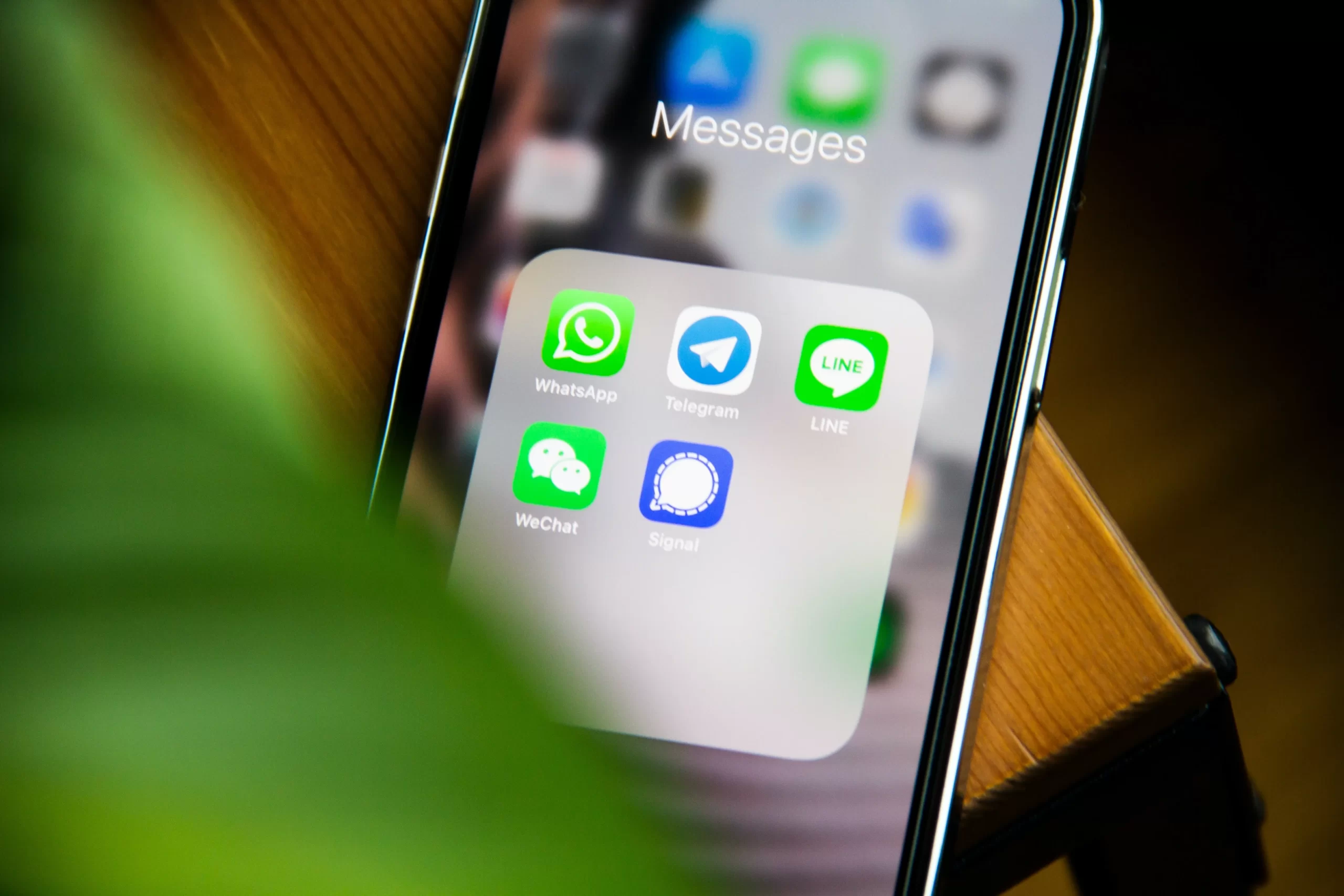
The follow-up is just as important as the pitch itself. Buyers are incredibly busy people. Your proposal might be sitting in a pile with dozens of others. A lack of response doesn't always mean "no." Often, it just means "not right now." I've seen deals close six months after the initial pitch simply because the entrepreneur was persistent and stayed on the buyer's radar in a positive way. The key is to be a helpful resource, not a pest. Each time you follow up, try to offer something new and valuable. This keeps the conversation going and reinforces your brand's momentum.
The Follow-Up Cadence
Having a clear plan for your follow-up removes the anxiety and makes you more effective. Your goal is to stay top-of-mind without being a nuisance.
Your Follow-Up Schedule
- Within 24 Hours: Send a short "thank you" email.
- Thank them for their time.
- Briefly restate your product's main value proposition (e.g., "Our product can help you capture the growing market of eco-conscious shoppers.").
- Attach your sell sheet and the display mock-up again for easy reference.
- 1-2 Weeks Later: Send a "gentle reminder" email.
- Keep it very short.
- Ask if they have had a chance to review your proposal or if they have any initial questions.
- Add a piece of new information if you can, like "We were just featured on a popular blog!"
- 3-4 Weeks Later: Follow up with a phone call.
- Sometimes a quick call is more effective than another email.
- Be prepared to leave a concise and professional voicemail if they don't answer. State your name, your company, and the reason for your call.
- Ongoing (Every 2-4 Weeks): The "value-add" follow-up.
- Continue to check in periodically.
- Share good news: a great new testimonial, a mention in the press, strong sales figures from another channel. This shows your brand is active and growing, making it a safer bet for the retailer.
Don't give up after one or two attempts. It can take 7-10 touchpoints to get a decision. Polite persistence is professional and shows you believe in your product.
Conclusion
Approaching retail stores is a marathon, not a sprint. Success comes from diligent research, a buyer-focused pitch, a professional presentation, and persistent, valuable follow-up. Master these steps to get noticed.



